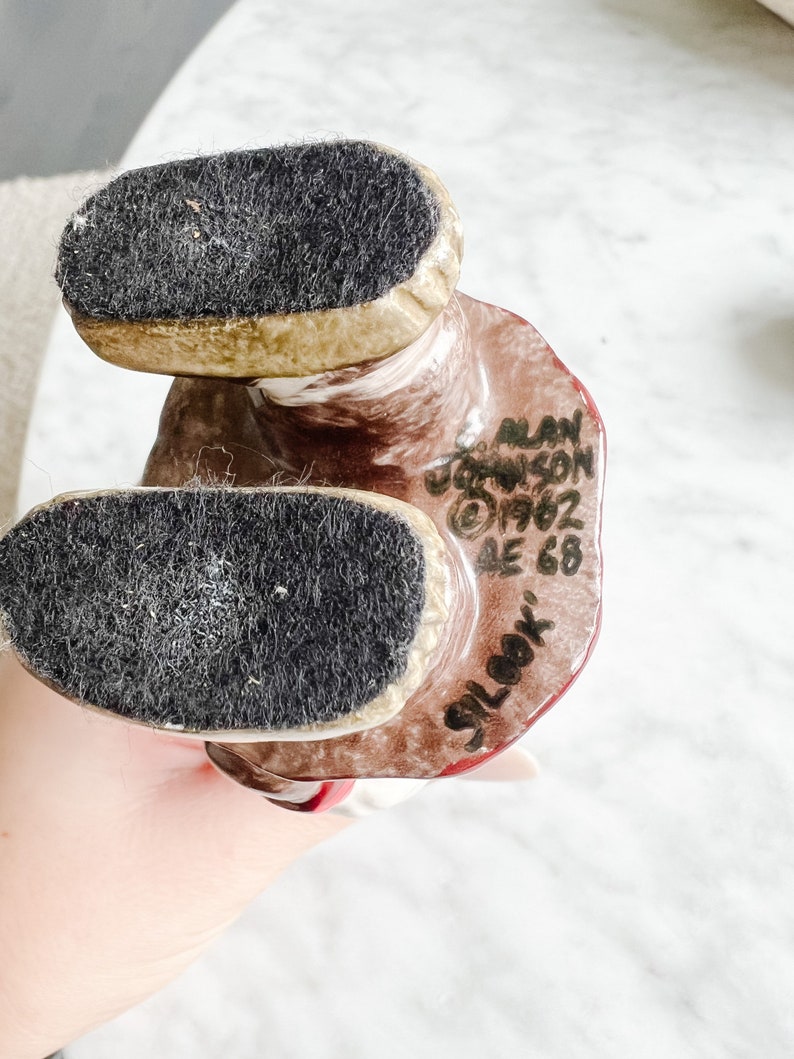
A cache was created by digging down to the permafrost and building a rock lined pit there. Often the food they found or killed during the summer was put into a cache for use during the long winter. They also collected grass to line their boots or make baskets. This has made it necessary to add to the modern northern diet with grocery foods, which are normally very expensive in the north.ĭuring the summer months, the Inuit were able to gather berries and roots to eat.

Industrialization of the world has also contributed to pollution causing high mercury levels in much sea life, including whales. The whaling industry around the world has depleted the whale population by massive commercial hunting, and now traditional whale hunting for subsistence purposes is rare around the world. Whale blubber provide Vitamin D and Omegas to their cultural diet, and prevented rickets. When it slowed down and came up to the surface, the Inuit could keep hitting it with more harpoons or spears until it died. The whale would grow tired from dragging the floats under the water. From their boat, they would throw harpoons that were attached to floats made of inflated seal skins. Sometimes they would kill caribou from their boats as the animals crossed the rivers on their migration. The Inuit would use their dogs and spears to hunt polar bears, musk ox, and caribou. The hunter would have to slowly creep up on a seal to kill it. In the summer, the seals would lie out on the ice enjoying the sun. Inuit would use their dogs to find the air holes, then wait patiently until the seal came back to breathe and kill it with a harpoon. They only came up for air at holes they chewed in the ice. In the winter, seals did not come out onto the ice. Their gratitude was deeply sincere and is an important aspect of their belief system. They believed it intended to provide itself as a gift towards the survival of the hunter and his children. When an animal was killed in a hunt, it was thanked respectfully for offering itself to the hunter. They wore two layers of skins, one fur side in, the other facing out, to stay warm. Dishes were made from carving soapstone, bones, or musk ox horns. Inuit sleds could be built from wood, bone, or even animal skins wrapped around frozen fish. They invented the kayak for one man to use for hunting the ocean and among the pack ice. They built boats from wood or bone covered with animal skins. They invented the harpoon, which was used to hunt seals and whales. The Inuit made very clever things from the bones, antlers, and wood they had. With just a blubber lamp for heat, an igloo could be warmer than the air outside.
#Eskimo iunit kid full
Snow is full of air spaces, which helps it hold in warmth. They could build an igloo out of snow bricks in just a couple of hours. In the winter they lived in sod houses and igloos. Inuit lived in tents made of animal skins during the summer. Respect for the land and the animals they harvested was and is a focal part of their culture. They were very careful to make good use of every part of the animals they killed. They were hunter/gatherers, living off the land.


Inuit were also nomads, but they did not domesticate any animals except for dogs, which they used to pull their sleds and help with the hunting. Whale blubber was burned as fuel for cooking and lamps.

Inuit ate both raw and cooked meat and fish. Traditional cultureĪn Inuit sculpture on display at UBC’s Museum of Anthropology in Vancouver, BC, Canada Anti-seal hunt campaigns work to eliminate this aspect of northern culture, which most inuits regard as vital to their lives. Inuits in Alaska have various concerns, such as protecting the caribou from American oil pipelines. Eskimo is a term more frequently used in mainstream United States where the concerns and sensibilities of Arctic peoples are easily dismissed as they have little political power in that country. The language of the Inuit is Inukittut, and it is one of the official languages of Nunavut and of the Northwest Territories in Canada. The native Greenlanders are related to the Inuit. Inuit means more than one, one person is an " Inuk". Inuit in Canada and Greenland like the name Inuit because it is their own name for themselves. Particularly in the United States Alaska, the word Eskimo would be accepted as a more general term, but would probably refer to themselves by their tribe name. Inuit is a tribe name but not all indigenous Arctic peoples in North America are Inuits. Most Inuit prefer to be called by their own name, either the more general Inuit particularly in Canada or their actual tribe name. They are sometimes called Eskimos, a word which likely comes from the Algonquin language and may mean "eater of raw meat".


 0 kommentar(er)
0 kommentar(er)
